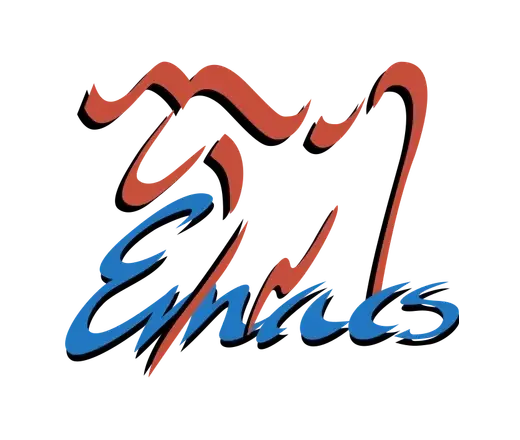In elisp, symbols serve as fundamental data structures that are more foundational compared to strings. This distinction often caused confusion for me until my encounter with the read function.
~ $ (type-of (read))
symbol
The fact that the read function yields symbols instead of strings from user-input was a delightful revelation. This discovery convinces me that the fundamental nature of symbols in elisp when compared to strings.


Etc, etc…
The lisp reader reads text and it produces lisp objects of various types (which might later be evaluated as code).